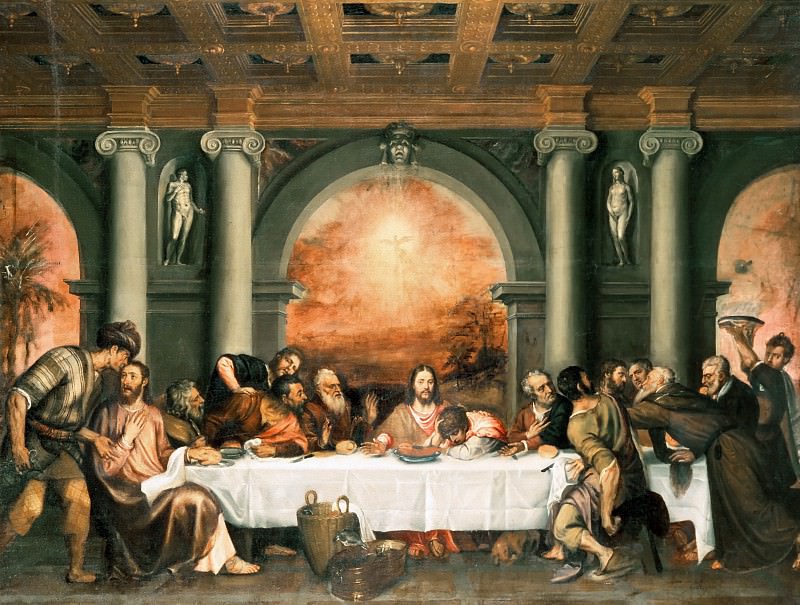The Enchantment of Elsa Beskow's Art
Elsa Beskow, a name synonymous with the charm and wonder of early 20th-century children's literature, is a figure whose work continues to captivate audiences worldwide. Her art, a seamless blend of whimsy and realism, has etched itself into the collective memory of generations. Born in 1874 in Stockholm, Sweden, Beskow was an artist, author, and illustrator who created a legacy through her delightful and imaginative depictions of nature, fairy tales, and everyday life. Her art, characterized by its soft hues, intricate details, and gentle storytelling, has become a cornerstone of Swedish cultural heritage, influencing not only children's literature but also broader artistic movements.
A Visual Narrative: Storytelling Through Art
Beskow's work is a celebration of the natural world, where every leaf, flower, and creature comes to life with a personality of its own. Her illustrations are not merely visual accompaniments to her stories; they are integral to the narrative, often telling their own tales alongside the text. This unique ability to create a visual narrative is one of the defining features of Beskow's art. Each illustration invites the viewer into a world where reality and fantasy blend seamlessly, creating a space where children and adults alike can lose themselves in wonder.
One of the most striking aspects of Beskow's art is her ability to capture the innocence and curiosity of childhood. Her characters, often children themselves, are depicted in a way that is both endearing and relatable. They explore their surroundings with wide-eyed wonder, engaging with the world around them in a way that is both innocent and wise. This depiction of childhood is not idealized, but rather presented with an authenticity that resonates deeply with viewers. The children in Beskow's art are active participants in their worlds, interacting with nature, animals, and the fantastical beings that populate her stories.
The Harmony of Nature and Imagination
Nature plays a central role in Beskow's art. Her depictions of forests, fields, and gardens are rendered with a meticulous attention to detail that reflects her deep love and respect for the natural world. Each element of nature, whether it be a tree, a flower, or a tiny insect, is given life and character in her illustrations. This connection to nature is not just a backdrop for her stories, but a living, breathing part of the narrative. The natural world in Beskow's art is one of harmony and balance, where humans, animals, and plants coexist peacefully, each with their own role to play.
Beskow's ability to infuse her art with a sense of imagination and fantasy is another key element of her work. Her illustrations often feature magical beings, such as fairies, gnomes, and talking animals, who interact with the human characters in her stories. These fantastical elements are woven seamlessly into the fabric of the natural world, creating a sense of wonder and enchantment that is at once magical and believable. This blending of reality and fantasy is a hallmark of Beskow's art, and it is one of the reasons why her work continues to be beloved by audiences of all ages.
A Reflection of Swedish Culture and Tradition
Elsa Beskow's art is deeply rooted in Swedish culture and tradition. Her illustrations often depict scenes of traditional Swedish life, from rural landscapes to seasonal celebrations. This connection to her cultural heritage is evident in the way she portrays the customs, clothing, and daily life of the Swedish people. Her art reflects a deep appreciation for the simplicity and beauty of Swedish traditions, and it is this connection to her cultural roots that gives her work a timeless quality.
The changing seasons are a recurring theme in Beskow's art, reflecting the importance of nature and the passage of time in Swedish culture. Each season is depicted with its own unique charm, from the blooming flowers of spring to the snowy landscapes of winter. Beskow's ability to capture the essence of each season in her illustrations adds another layer of depth to her work, making it not only visually appealing but also emotionally resonant.
The Enduring Legacy of Elsa Beskow's Art
Elsa Beskow's art has left an indelible mark on the world of children's literature and beyond. Her illustrations have become iconic, recognized and loved by people all over the world. The enduring appeal of her work lies in its ability to speak to the universal experiences of childhood, nature, and imagination. Her art continues to inspire new generations of artists, writers, and readers, ensuring that her legacy will live on for many years to come.
Beskow's work has been celebrated not only in her native Sweden but also internationally. Her books have been translated into numerous languages, and her illustrations have been exhibited in galleries and museums around the world. The timeless quality of her art, combined with its deep connection to nature and culture, makes it a beloved part of global cultural heritage.
Conclusion: The Magic of Elsa Beskow's World
Elsa Beskow's art is a testament to the power of imagination and the beauty of the natural world. Through her illustrations, she created a world where reality and fantasy exist in perfect harmony, inviting viewers to explore, dream, and believe in the magic of life. Her work is a celebration of childhood, nature, and tradition, capturing the essence of what it means to be human. As we continue to revisit her stories and illustrations, we are reminded of the simple joys and wonders that surround us every day. Elsa Beskow's art is not just a window into a bygone era; it is a timeless reflection of the enduring beauty and magic of the world around us.

















